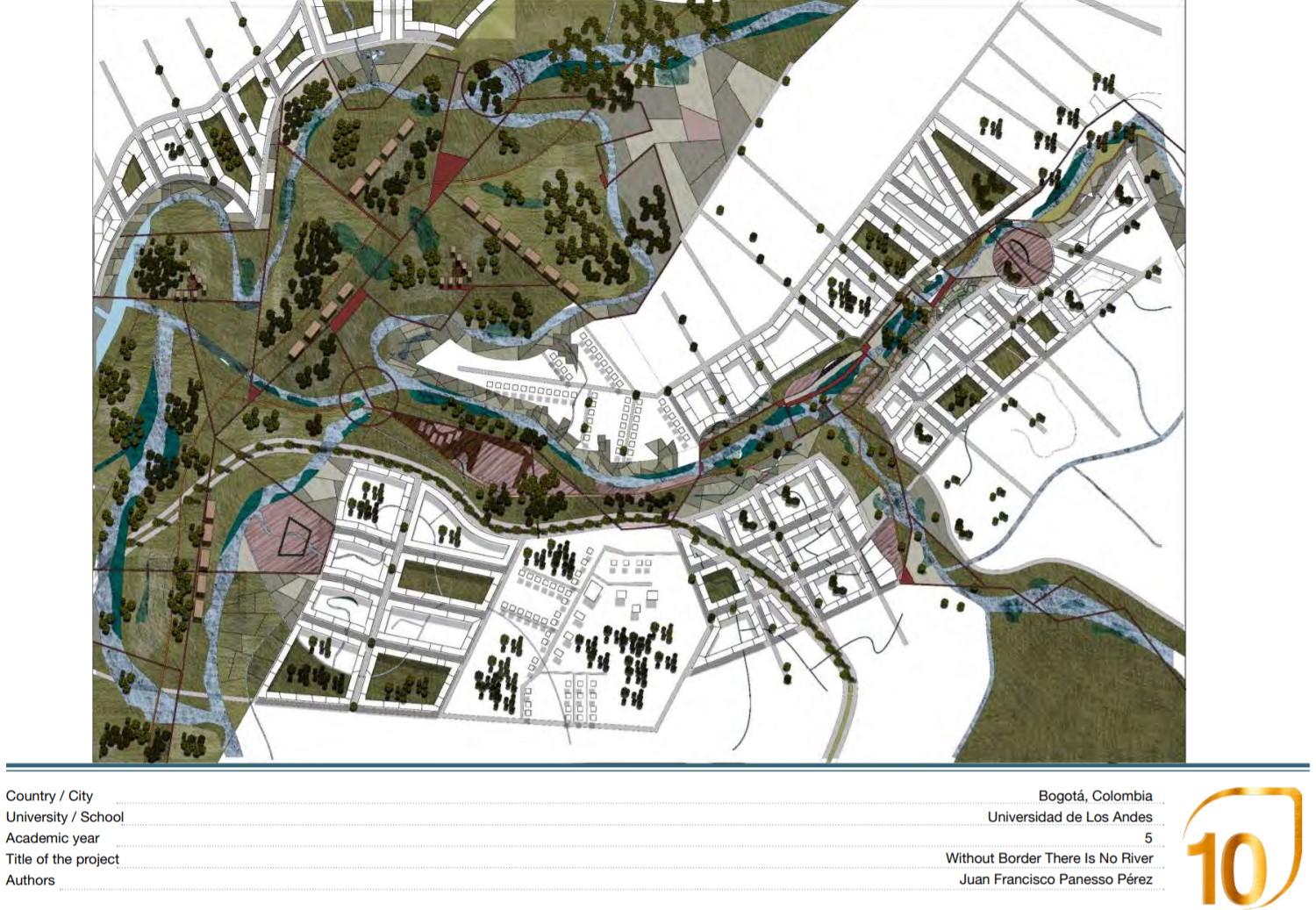
Alternative Landscape Visions for the Northern Growth of Bogotá
Landscape Architecture Unit
Universidad de Los Andes
Close to 9 million people live in Bogotá, the capital of Colombia, adjacent to La Sabana, a vast fertile, agricultural and fragile plateau, crisscrossed by wetlands. Since colonial times there has been a symbiotic relation between Bogotá and this productive hinterland. The Municipalities of La Sabana, located closer to Bogotá, already are experiencing accelerated and fragmented urbanization growth, due to limited vacant land designated for urban expansion within the boundaries of the capital district. This unplanned urbanization process is deriving in severe environmental problems, affecting the local economies, and resulting in a dysfunctional and sprawling urban system. While a Metropolitan area and plan have not been officially been defined, the social, economic, and spatial interdependence of the city with its surrounding municipalities reveal that such metropolitan system de-facto exists, as a network of socio-economic, and spatial, residential, services and mobility relations.
The area identified as Lagos de Torca lies just to the North of Bogotá; it is the only remaining large site designated for urban development at the fringe of the capital city, within Bogotá’s Municipal boundaries. Enrique Peñalosa, current Mayor of the city, has announced the development of a plan for this site, mainly aimed to attract investors to provide housing solutions for middle and upper middle-class income groups, with a smaller percentage of subsidized social housing. The site is bounded by a protected mountain range to the East, consolidated upscale areas of Bogotá to the South, smaller Municipalities to the North (including urban and rural areas), and a very large protected area called the Thomas Van der Hammen Reserve to the West.
The students were asked to put on the table landscape alternatives to the division in the binary ideological positions: the hyper-conservation vs the hyper-development, and how landscape can make a dialog between both.
